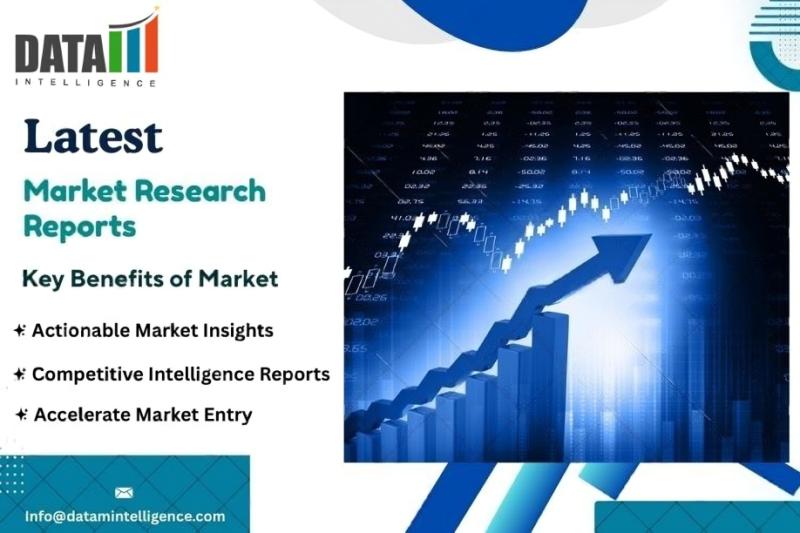
The global artificial intelligence (AI) market in precision livestock farming is poised for remarkable growth in the coming years. According to recent industry data, the market is projected to climb from USD 2.23 billion in 2024 to an estimated USD 19.87 billion by 2032, reflecting a compound annual growth rate (CAGR) of 15.39% during the forecast period from 2025 to 2032.
Precision livestock farming involves the use of advanced technologies to monitor and manage livestock health, welfare, and productivity in real time. AI plays a pivotal role in this transformation by enabling data-driven decision-making, predictive analytics, and automation. Key applications include tracking animal behaviors, monitoring feeding patterns, detecting illnesses early, and optimizing breeding cycles.
The surge in market growth is driven by several factors, including increasing global demand for animal products, the need for sustainable farming practices, and a growing awareness of animal welfare. Additionally, progressive digitization in the agriculture sector and technological innovations such as machine learning, computer vision, and Internet of Things (IoT) integration are further propelling adoption.
North America currently leads the market due to high technological penetration and substantial investments in agricultural technology, followed by Europe. However, Asia-Pacific is expected to witness the fastest growth, supported by expanding livestock sectors in countries like China and India as well as government initiatives to modernize agriculture.
Despite strong growth prospects, the market faces some challenges, including high initial investment costs, limited access to technology in developing regions, and concerns related to data privacy and security. Nevertheless, ongoing research and rising awareness about the benefits of AI in farming practices are expected to mitigate these concerns.
In conclusion, the AI in precision livestock farming market represents a vital intersection of technology and agriculture. As the sector continues to evolve, stakeholders including farmers, agritechs, and policymakers are expected to benefit from enhanced productivity, efficiency, and animal welfare.
Source: https:// – Courtesy of the original publisher.








